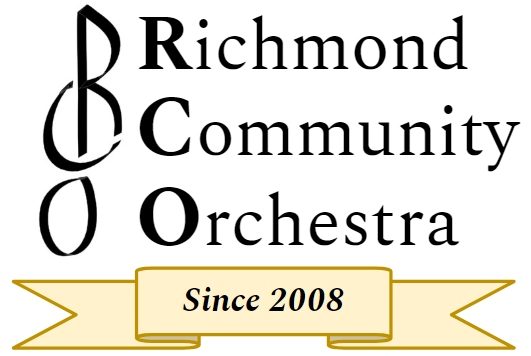with the
Hagerstown High School Band
Saturday, April 6 * 2:00 p.m.
Hagerstown High School
Hagerstown, IN
In anticipation of the solar eclipse on April 8, join the RCO and our guest musicians from Hagerstown High School for an astronomically themed celebration, featuring
“Star Wars Medley” * “Jupiter” from The Planets
“Total Eclipse of the Heart”
“Duel of the Fates” from The Phantom Menace
and more upbeat selections!
